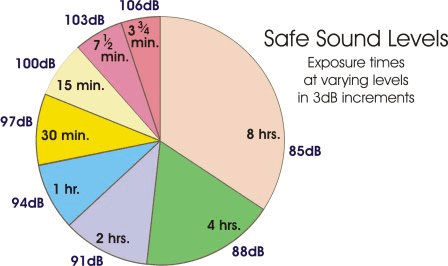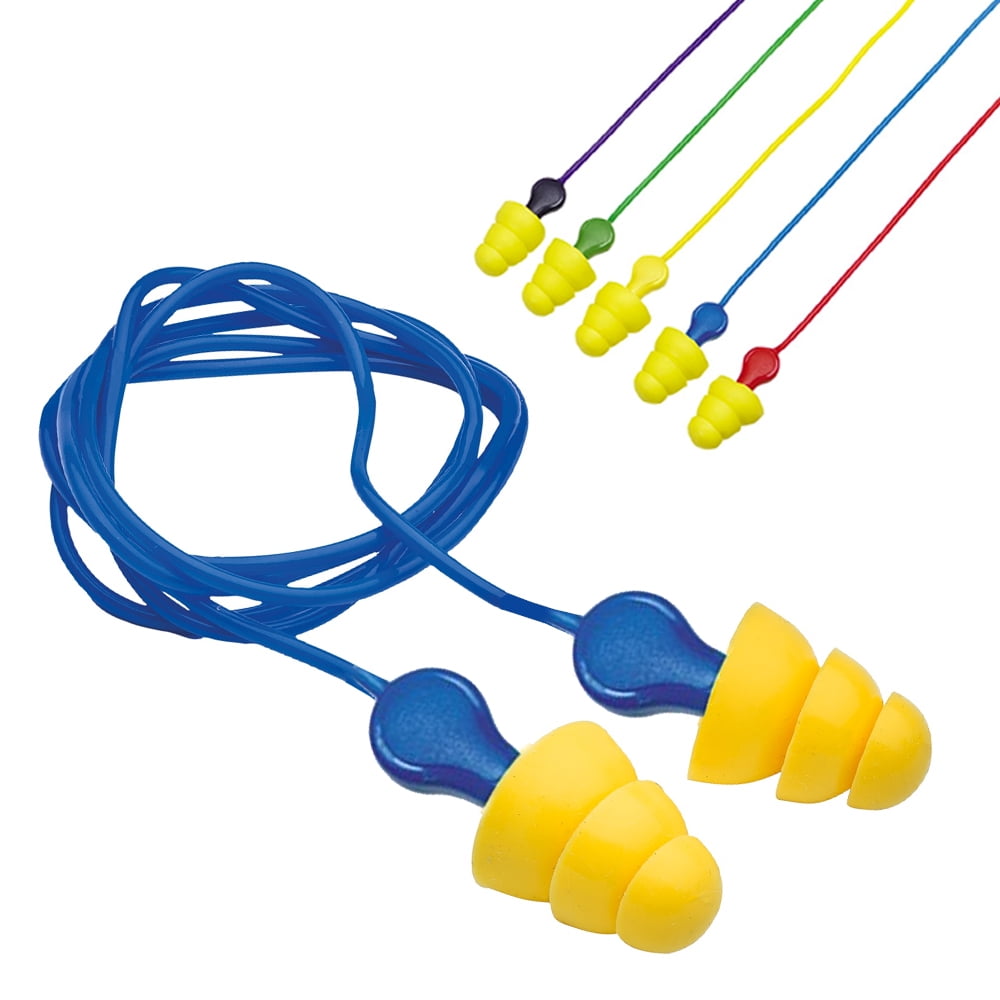
Multiple-use earplugs are easier to use because they do not require rolling to fit in your ear.Įarmuffs are either electronic or passive. Banded or corded ear plugs are best if you move between a noisy place and a non-noisy place, like between the shooting range and your range's lobby. There are quite a few different types of ear plugs: single use, multiple-use, banded and corded. It might come as a surprise to hear that earplugs can actually offer more protection than ear muffs, because ear plugs fully block the ear canal.

The National Institute for Occupational Safety and Health actually recommends using both earplugs and earmuffs together when shooting.

There are two different kinds of hearing protection, ear plugs and ear muffs. A product with a 28 to 31 NRR is recommended for indoor shooting. The highest NRR rating you can get is 33 NRR.

By law, all hearing protection products have to have a NRR rating. When we look at what hearing protection to buy, we need to pay close attention to the product's NRR, or Noise Reduction Rating, which is defined as the maximum number of decibels (dB) that the hearing protector will reduce the sound level when worn. Noises louder than 80 decibels are dangerous and can cause immediate and permanent hearing loss. A gun shot is rated at 149dB and to compare, the typical office generally has a noise level of 60dB to 65dB. N oise levels are measured in decibels, which we write "dB". Does this sound like buying holsters? Yep. Sound dissipates quickly in the outdoors so the NRR requirements may not be as high. The indoor range is a sound box which will capture the sound and sustain it. There is also a difference in indoor range use vs outdoors. We usually shoot two hours at our monthly events but with special shoots may be four to five hours. If the muffs are too heavy or too tight you won’t be comfortable and, after prolong period, might end up with a headache. The cushions must enclose your ears and seal tight. If you will be using these in hot weather, the nylon or plastic ear cushions may cause sweating while the softer leather cushions breathes better.ĭo you have a smallish head? Regular muffs may not fit well. If you wear glasses and want to use earmuffs, you need to make sure the ear cushions are soft enough to cover over your glasses and the safety glasses ear paddles. If you have deficient hearing in one ear, you might need an electronic muff with individual controls if you want to hear conversations and range commands without staining. If you have normal hearing any passive or electronic earmuff might be sufficient given the activity and NRR rating you need. The ear protection has to fit your hearing needs and your physical needs. The sources are noted for your research.īesides the NRR rating there are other concerns when picking up a pair of earmuffs. I clipped and pasted this guide to provide a resource to start your understanding of ear protection and what is available. Then there are those who slip off one ear muff to listen to someone while shooting is going on. I have also given out ear plugs to supplement their inadequate earmuffs. I have seen shooters sporting various hearing protection at our shoots and have been asked more than a few times why their ears still hurt.


 0 kommentar(er)
0 kommentar(er)
